Malaysia's ECRL: Sleepy port cities Klang and Kuantan eye makeover with new railway
In the first of a four-part series on the East Coast Rail Link (ECRL), CNA explores how the railway’s connectivity could spur a facelift of the heavily industrial areas surrounding the ports of Klang and Kuantan on opposite sides of the country.
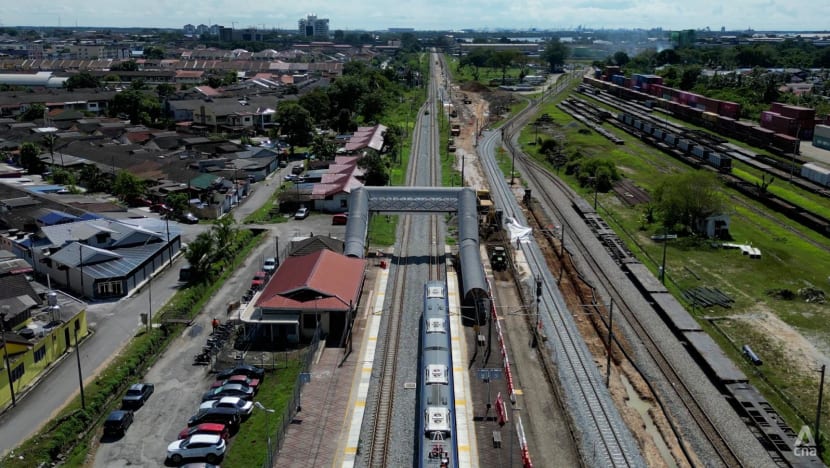
Aerial view of Port Klang's Jalan Kastam KTM train station, which is also the site of the future ECRL station. (Photo: CNA/Hari Anggara)

This audio is generated by an AI tool.
KLANG/KUANTAN, Malaysia: Next to a small commuter train station in Port Klang, in the western Malaysian state of Selangor, lies a boarded up construction site.
What used to be a forlorn ferry terminal is now a pile of rubble, surrounded by forklifts, tipper truck containers and building material.
The construction site reflects the port town’s heavily industrial facade: Run-down shophouses that almost kiss the sides of elevated highways, narrow two-lane roads pockmarked by potholes and long container-laden trailers rumbling by.
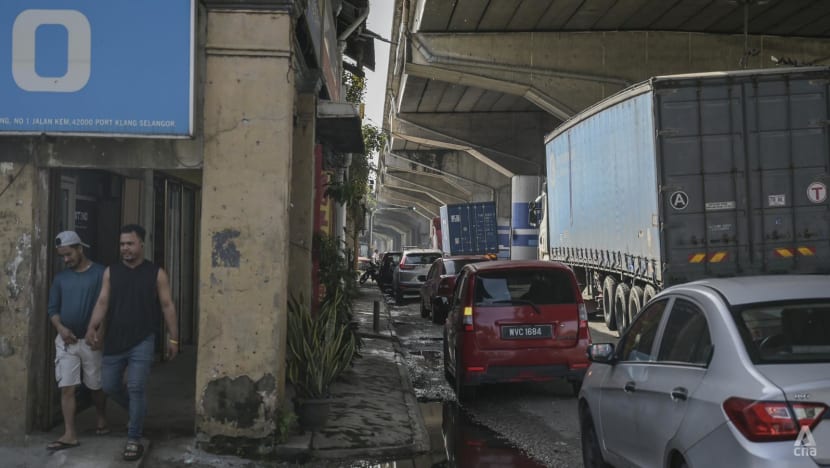
But a redevelopment of the ferry terminal by a unit of the Sunway conglomerate, expected to be completed in the first half of 2027, together with the East Coast Rail Link (ECRL) extension from Gombak to Port Klang in January 2028, is expected to give the port area a classy facelift, analysts say.
The railway, which runs through 20 stations spanning 665km across Selangor, Pahang, Terengganu and Kelantan, aims to improve domestic connectivity for both passengers and goods.
Last November, CNA visited the areas around the ports of Klang and Kuantan to get a sense of their vibrancy and liveability or lack of. CNA also spoke to residents and business owners on how they think the ECRL might change their neighbourhoods.
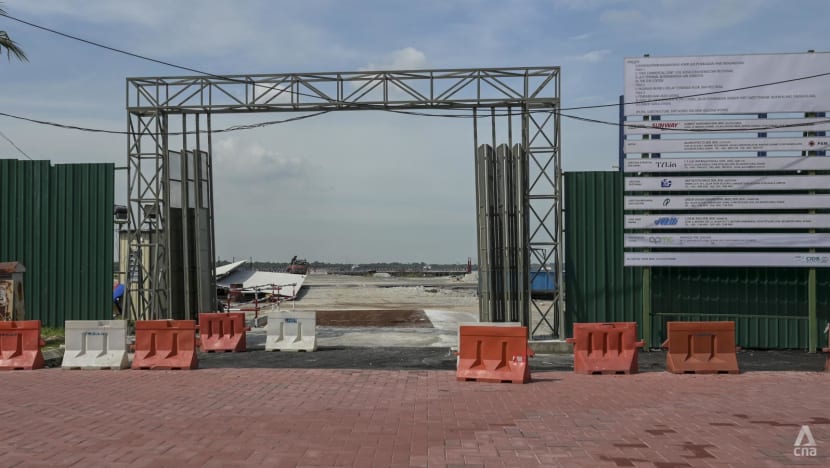
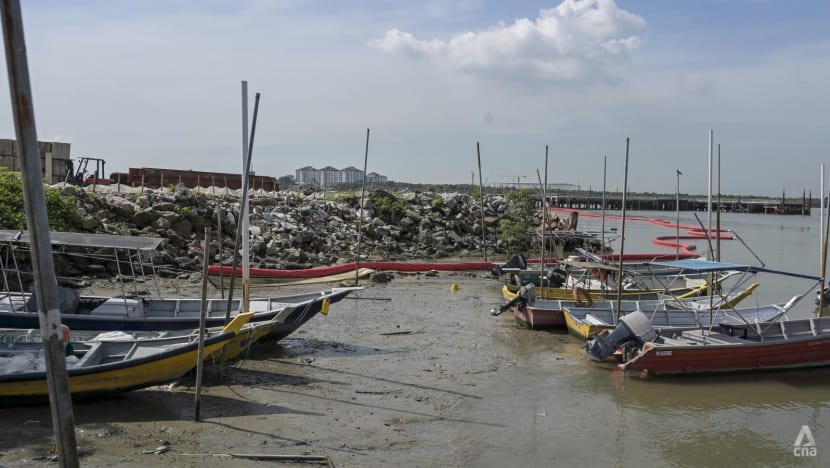
Foo Gee Jen, adviser at real estate agency CBRE WTW, said Sunway Real Estate Investment Trust’s (REIT) redevelopment of the ferry terminal - alongside plans by the State Development Corporation of Selangor to develop next-door Carey Island into a port city - bodes well for the rejuvenation of Port Klang.
“The early years of Port Klang development was very much piecemeal, and at the moment it's a lot more controlled,” he told CNA, noting that such big developers will bring better planning and organisation to the area.
“You look at some port cities in Europe and other places like Nagoya (in Japan) - they’re very organised. Certainly, I think that Port Klang eventually will be like that.”
The upgraded ferry terminal will feature an international jetty, seafood market, food and beverage outlets, and proposed duty-free shops, while the nearby ECRL station will further boost tourism by connecting passengers to Selangor’s Gombak district - near Kuala Lumpur - and beyond to the pristine beaches of the east coast in four hours.
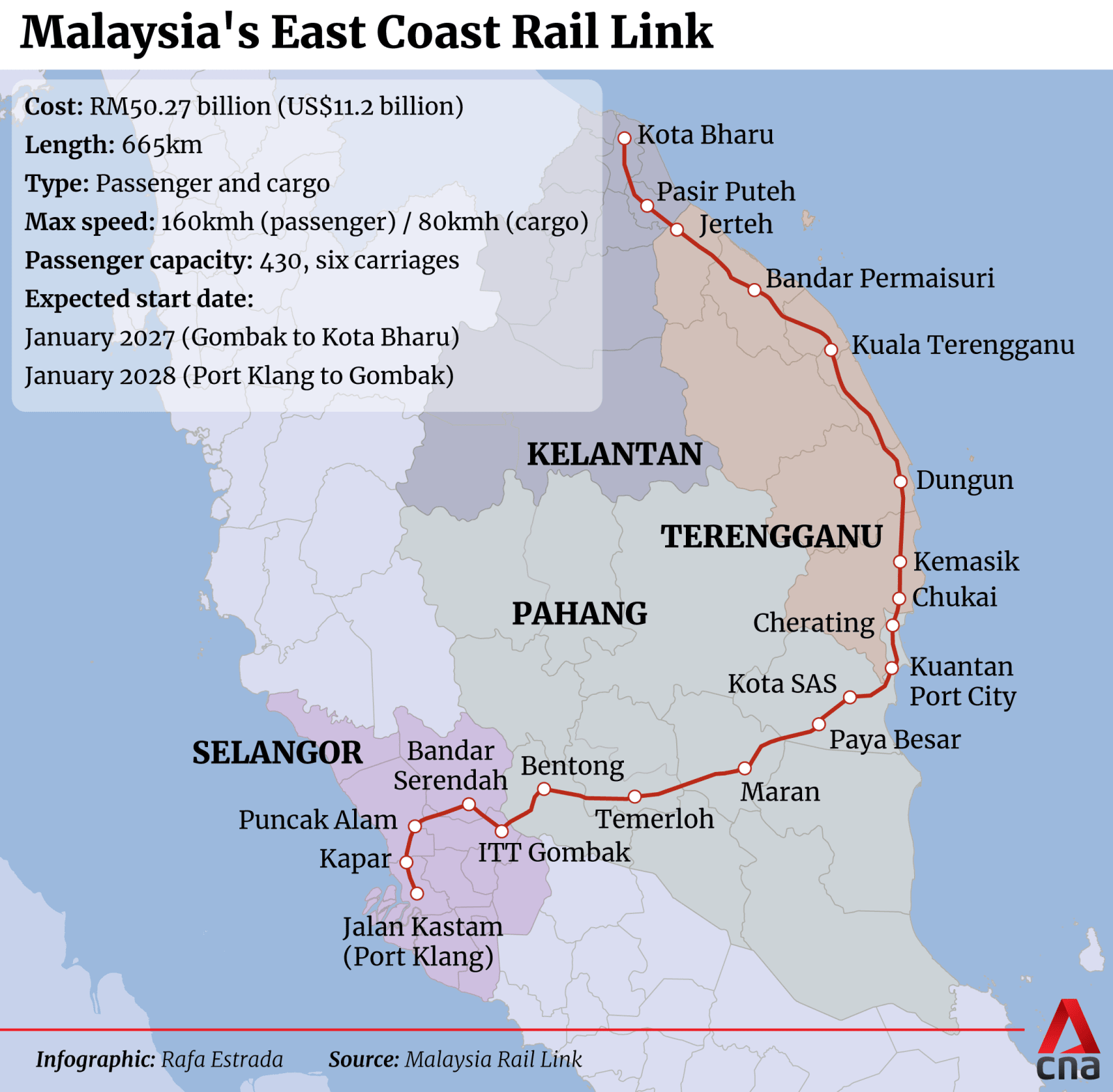
The current commuter line from Port Klang runs along multiple minor stations and takes one-and-a-half hours just to get to Kuala Lumpur, before going only as far as Tanjung Malim on the border of Perak on the west coast.
Ultimately, Foo believes the ECRL is the final step to revive the area by making it a more attractive sea entry point for tourists, with connections beyond Kuala Lumpur to other places like the Titiwangsa mountain ranges or the rainforests of Pahang.
“It will be beneficial to bring these people, who are coming by cruises, inland via the ECRL rail,” he added, noting that the upcoming West Coast Expressway, expected to be completed by 2026, will further enhance connectivity to Pulau Indah, where the main cruise terminal is located.
“If you look at the evolution of development, the crucial part that's missing has always been rail. I think that is very, very crucial because on the road, there's a lot of uncertainty.”
The West Coast Expressway, whose construction will be prioritised this year, will connect Banting, Selangor to Gelang Patah, Johor as well as the two major ports of Klang and Tanjung Pelepas in Johor.
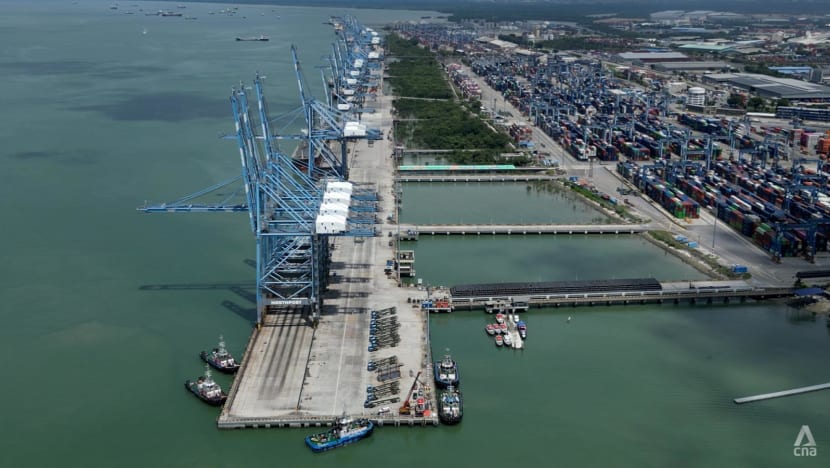
Much emphasis has also been placed on the ECRL - which includes a station near Kuantan Port on the east coast - creating a land connection between the two ports, facilitating the movement of goods and people across the country as well as spurring investment and development along the route.
Kuantan Port is about 300km away from Port Klang, with lorries transporting goods between the two ports using the Karak Highway and East Coast Expressway.
In August 2022, Malaysian firm IJM Corporation Bhd and China Harbour Engineering Company agreed to co-develop an integrated mixed development and logistics hub near the ECRL station at Kuantan Port to meet growing logistics demands in the east coast region.
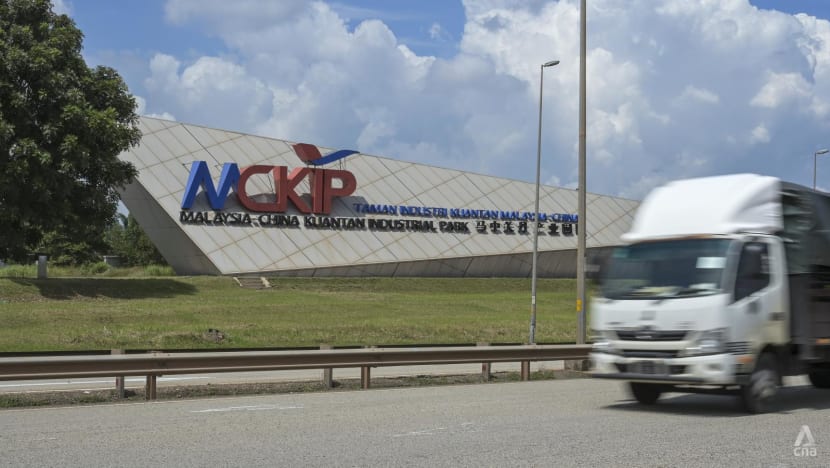
Transport minister Anthony Loke last August also touted Kuantan Port as having the potential to be developed into a home port for cruise ships on the east coast, creating an economic spillover effect for the country and local communities.
Ragu Sampasivam, chief operating officer of the East Coast Economic Region Development Council, told CNA that the ECRL gives investors another option of setting up businesses in places with lower land costs than Selangor.
They can also choose to export their products via Kuantan Port instead of the congested Port Klang, currently the 11th busiest port in the world, he said.
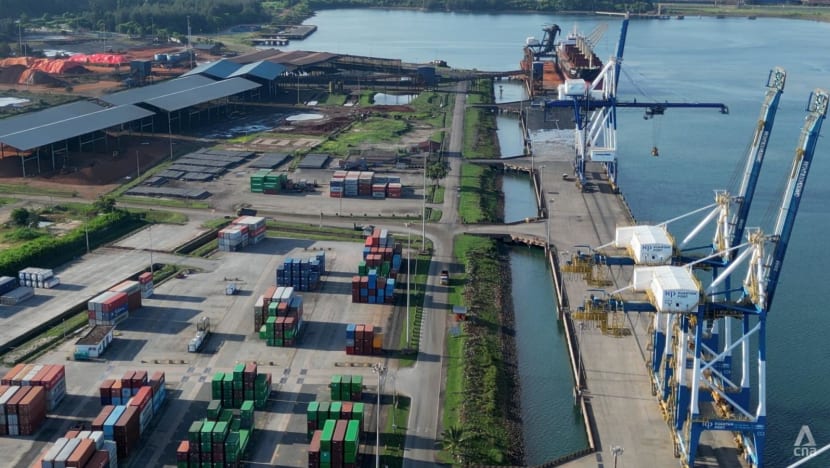
“So when investors go there (it will lead to) more economic activity, more employment - hopefully higher-paying job opportunities - and slowly, that will raise the standard of living in the east coast, just like how we saw in the west coast in the last 50 years or so,” he said.
“We are hoping that the ECRL will change the scene on the east coast.”
Sampasivam said he expects the industrial boom in the areas surrounding Kuantan Port to be “supported” by new homes and mixed developments.
“Definitely, the ECRL is going to boom up both industries which are there and new ones, and also residential and commercial properties,” he said, adding that he foresees nearby towns like Balok to “pick up” in terms of development.
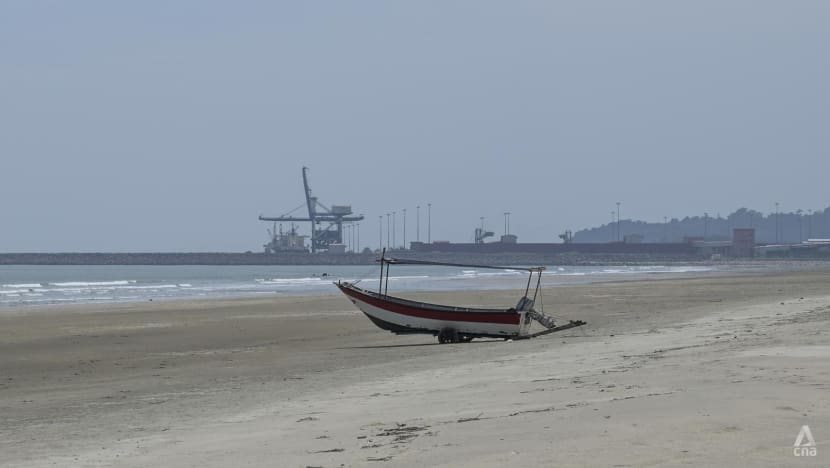
The lack of development in the area around Port Klang has not gone unnoticed either, with Malaysian media columnist Ravindran Raman Kutty saying that the port city, “despite its massive economic potential, offers little to inspire visitors or residents alike”.
“The town’s infrastructure and urban planning remain underdeveloped, with a disorganised mix of industrial sites, neglected public spaces, poor signage, dirty and crow’s laden corners, and uninviting streets,” he wrote in a commentary published last November by several local outlets.
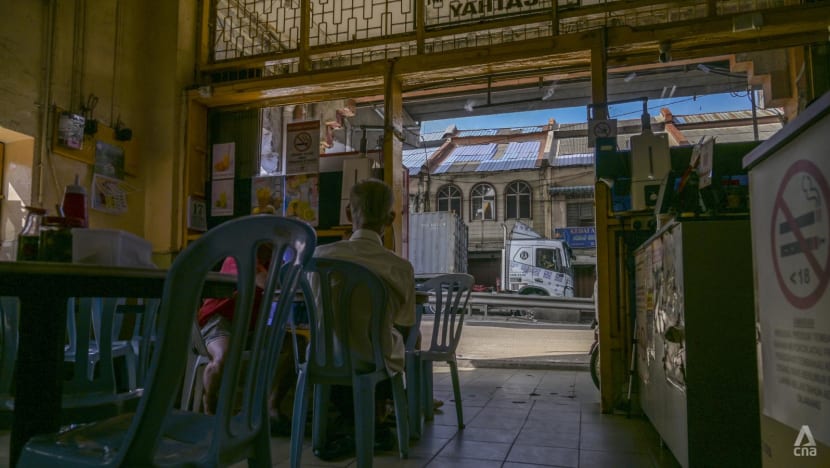
Ravindran suggested revitalising Port Klang’s infrastructure alongside sustainable urban planning, and leveraging its port heritage for tourism while creating a strong local economy.
“Port Klang can take inspiration from cities like Rotterdam and Singapore by emphasising green spaces, eco-friendly buildings and sustainable design,” he wrote.
“Creating parks along the waterfront, bike lanes and pedestrian zones could invite both residents and tourists to explore the area while minimising the environmental footprint of the port.”
PORT KLANG’S POTENTIAL
State assemblyman for Port Klang Azmizam Zaman Huri told local news agency Bernama in 2019 that he expects the ECRL to reduce the perennial congestion in the area, noting that more than 8,000 container lorries are used to transport cargo from Port Klang.
“With fewer container lorries (once the ECRL is completed) here, I expect the presence of domestic and foreign tourists will increase as Port Klang has various tourist attractions including floating houses, fishermen and indigenous villages in Pulau Indah,” he reportedly said.
In October, Prime Minister Anwar Ibrahim announced that RM107 million (US$24 million) would also be allocated under Budget 2025 for the construction and upgrading of roads along the Pulau Indah Ring Road and northern Port Klang to spur Malaysia’s logistics sector, without mentioning the ECRL.
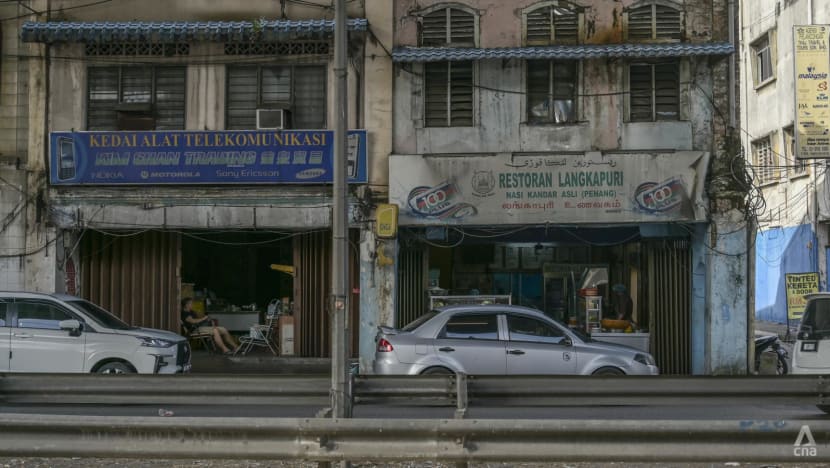
Khairunnisa Fauzi, who works at a pet supplies store in Port Klang, said the ECRL will rejuvenate the area and make it easier for customers staying in other parts of the Klang Valley to visit her shop.
“There are customers in Kuala Lumpur and other places who only come here during the weekends to avoid the congestion,” the 26-year-old Port Klang resident told CNA.
“If I don’t want to drive or wait a long time for the KTM (commuter line) to get to KL, at least I can take the ECRL. I can avoid the jams and tolls.”
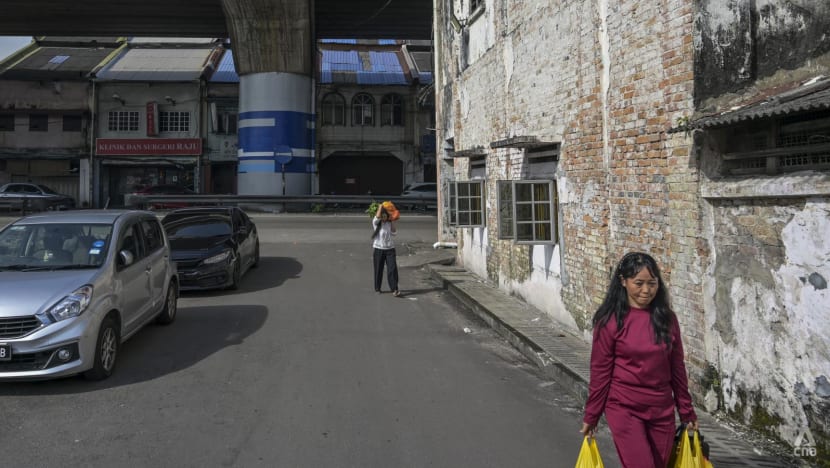
However, on Pulau Indah, a sprawling island home to the Westports container terminal, other industrial areas and a smattering of fishing businesses, one operator told CNA he was unsure if the ECRL will boost tourism in the area.
“The ECRL stops at Port Klang and doesn’t connect to Pulau Indah, so it doesn’t seem like it has a function for us,” said Shahrom Rahman, 54, who conducts fishing tours at floating cabins off Pulau Indah.
“From Port Klang, you still need to take a car or motorcycle to get here. If it stops at Pulau Indah or Westports, then maybe it will benefit us.”

But Foo from CBRE WTW predicted that the Port Klang area, with its ongoing and planned developments, will be transformed into a connected urban centre, making it a “key destination” for both local and international tourists.
Japanese variety store brand Daiso will set up its new global distribution centre in Pulau Indah which is expected to be fully operational by January 2027, while Westports will be further expanded to almost double its container capacity in 15 years, he said.
Foo also highlighted the purchases of land and industrial buildings in the Port Klang area by two Malaysia-listed REITs in 2024 as developments that will help revitalise the area.
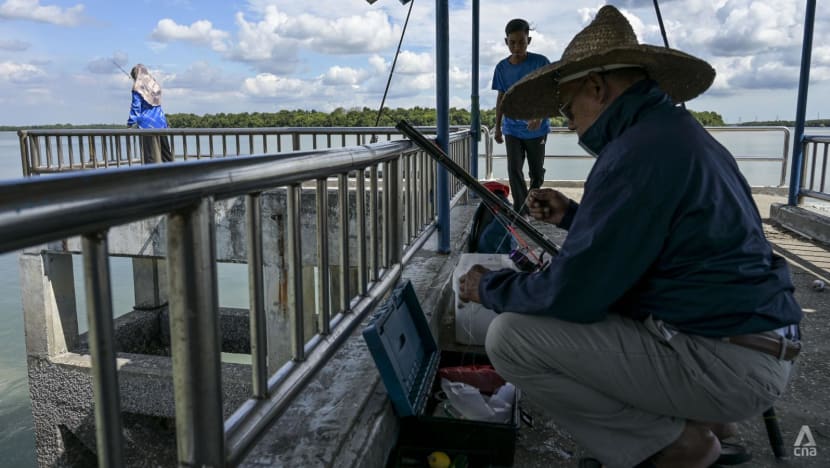
In August, The Edge reported that KIP REIT would acquire an existing lease over part of a 2.6ha leasehold land with an industrial warehouse in the Port Klang Free Zone, Pulau Indah for RM23.7 million.
The business paper also reported that month that Axis REIT, which mainly focuses on industrial assets, had agreed to acquire two adjoining pieces of land together with buildings near Port Klang for RM158.64 million.
Axis REIT was quoted as saying that the acquisition of the properties will boost income and benefit the fund in the long term, noting that the fully-occupied warehousing facilities have “strong revenue-producing potential and accessibility to major highways”.
“Those (acquisitions) are the things, certainly, that would be a catalyst for development in Pulau Indah, Carey Island and around Port Klang itself,” Foo told CNA.
“Connectivity to Port Klang is very crucial as it’s the exit point for the export of goods, opening up a lot of opportunities for more commercial activities in the east coast of Malaysia,” he added.
CAN KUANTAN PORT CATCH UP?
Like Port Klang, the area around Kuantan Port on the east coast has a distinctive industrial tint to it, with large petrochemical tanks dotting the land and gas pipes lining the roads.
Numerous homestays in the area cater to industrial workers who live far away and need long-term rentals near the industrial areas their companies take them to.
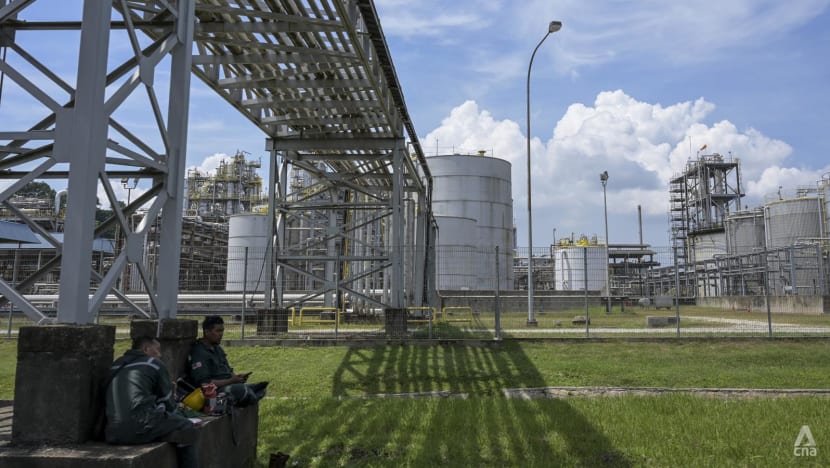
In the nearby town of Balok, longtime resident Nor Ibrahim, 63, said he hopes the ECRL will encourage more development in his backyard, in the form of industrial projects that will allow local youths to get jobs closer to home.
“For example in Kelantan, the youngsters there have to move to places like Selangor to find employment,” he told CNA at the small-town eateries where men in thick coveralls, indicative of the industries in the area, go for their lunch.
Nor, who has lived in Balok since the 1990s, foresees that more rental homes will need to be built if more factories crop up in the area.
“If workers move out of rental homes in the morning, they will be filled up by other workers by the evening,” he said, adding that he hopes the ECRL can also hasten the construction of a long-awaited government clinic in town.
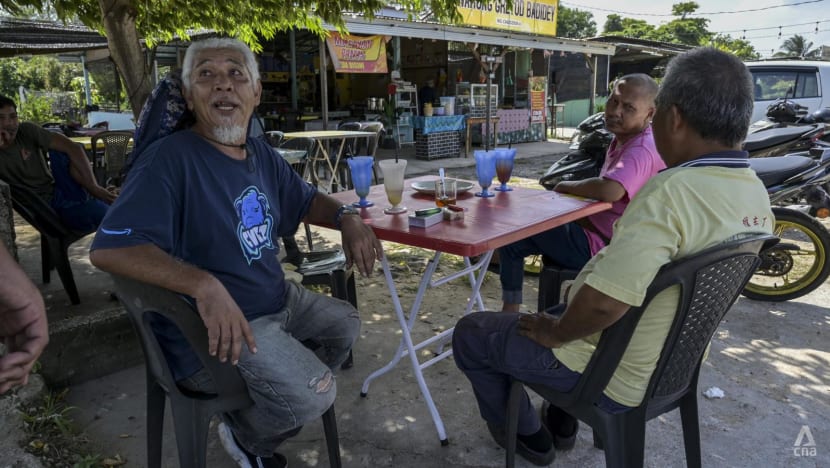
A Balok homestay operator hopes the ECRL will draw more visitors to the beaches in the area, noting that only 10 per cent of his customers are tourists who mainly come during the weekends or school holidays.
“My customers are usually industrial workers who work in Gebeng. I think the ECRL will help revive the beachfront area in Balok,” Zaid Fadli Mohd Nizam, 33, told CNA.
Andansura Rabu, a politician from the opposition Parti Islam Se-Malaysia (PAS) and a Pahang state assemblyman whose area covers Kuantan Port, said the ECRL will be a catalyst for other downstream economic activities in the area, including in the hotel and tourism industry.
“It will also complement the cottage industries, like (increasing business for) villagers who make crackers from fish caught at sea,” he told CNA.

Andansura admitted that the ECRL - if it becomes a success - will show how the federal government plays a “big role” in developing the east coast states.
At the same time, the ECRL might also help these opposition-held states politically by easing travel across the different states, for instance to help boost grassroots activities during election season, he said.
“The ECRL will not make a huge political impact on any state government as it is a project that is seen to bring benefits to the people,” he surmised.
“The Perikatan Nasional and PAS state governments in Kelantan and Terengganu will welcome (the ECRL), and it will definitely help these parties gain political mileage in those areas,” he added, referring to the opposition-held states.
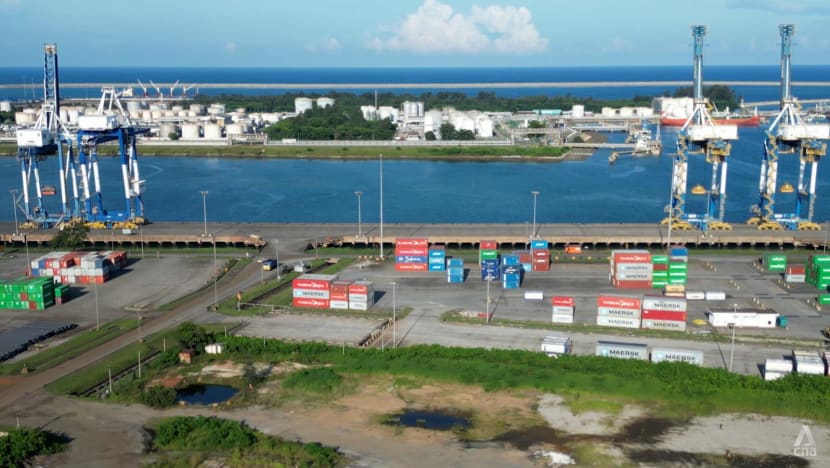
With that said, Andansura urged local authorities to come up with a proper plan to ensure that the ECRL station near Kuantan Port creates a spillover economic effect for locals.
“For example, there should be a shuttle service from the station to nearby towns like Cherating. There should also be food and beverage outlets as well as space for local businesses to sell their crafts,” he said.
“We don’t want the ECRL station to just be a place where people board and alight.”
The introduction of the ECRL should also be seen as an opportunity for Kuantan Port to be further improved to handle both imports and exports, Andansura said, noting that the port is currently mainly used for exports.
“With the ECRL station here, exports and imports at Kuantan Port should pick up. But the port first needs to upgrade its capacity and capability to compete with Port Klang.
“If not, the ECRL will just become another medium for goods to be sent to Port Klang,” he said, suggesting that the economic benefits for the Kuantan Port area will then not go as far as they could.
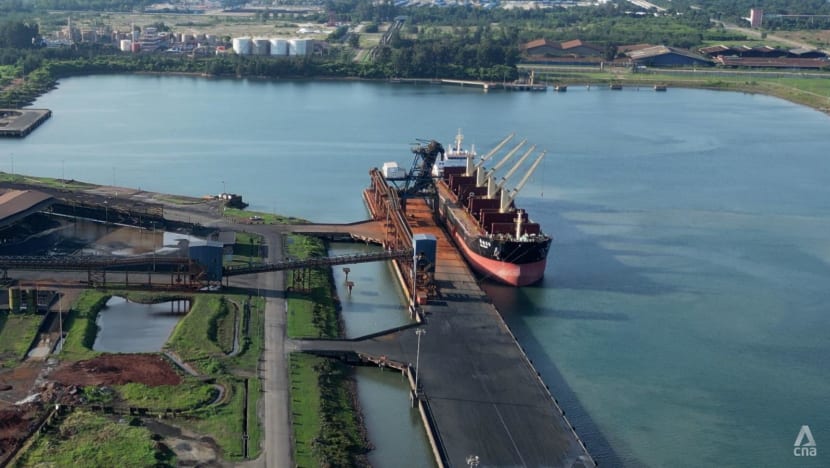
In 2019, Kuantan Port completed the first phase of the expansion of its deepwater wharf, making its berth longer and deeper to allow larger container ships to call. Its 16m-deep New Deep Water Terminal is capable of accommodating vessels of up to 180,000 deadweight tonnes.
The port is currently undergoing the second phase of its development, which expects to see the addition of a 1km-long deep-water terminal with a handling capacity of 20,000 million tonnes by 2039.
According to government statistics, Port Klang handled 10.9 million twenty-foot equivalent (TEU) container units in the third quarter of 2024, compared to Kuantan Port’s 109,000 TEUs.
“It's just beginning to grow - the throughputs are increasing in the newly bordered port … but it needs something to help take it to the next level,” said Sampasivam, who led a study on Kuantan Port’s expansion.
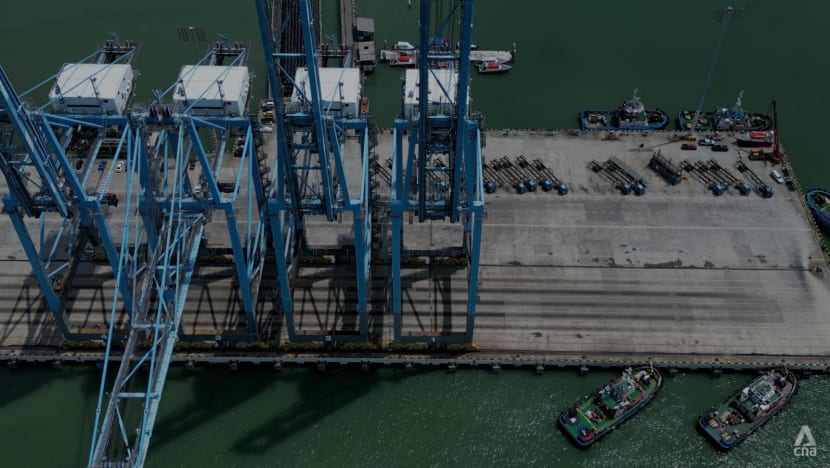
Linking Port Klang and Kuantan Port via the ECRL will offer businesses a faster and greener way of moving their products to a less congested port, he said.
“By connecting Port Klang to Kuantan Port, there is a chance of the excess cargo which is now stuck (at Port Klang) being pushed down here,” he added.
“In that way, it will actually help Kuantan Port be even more effective and better placed.”














